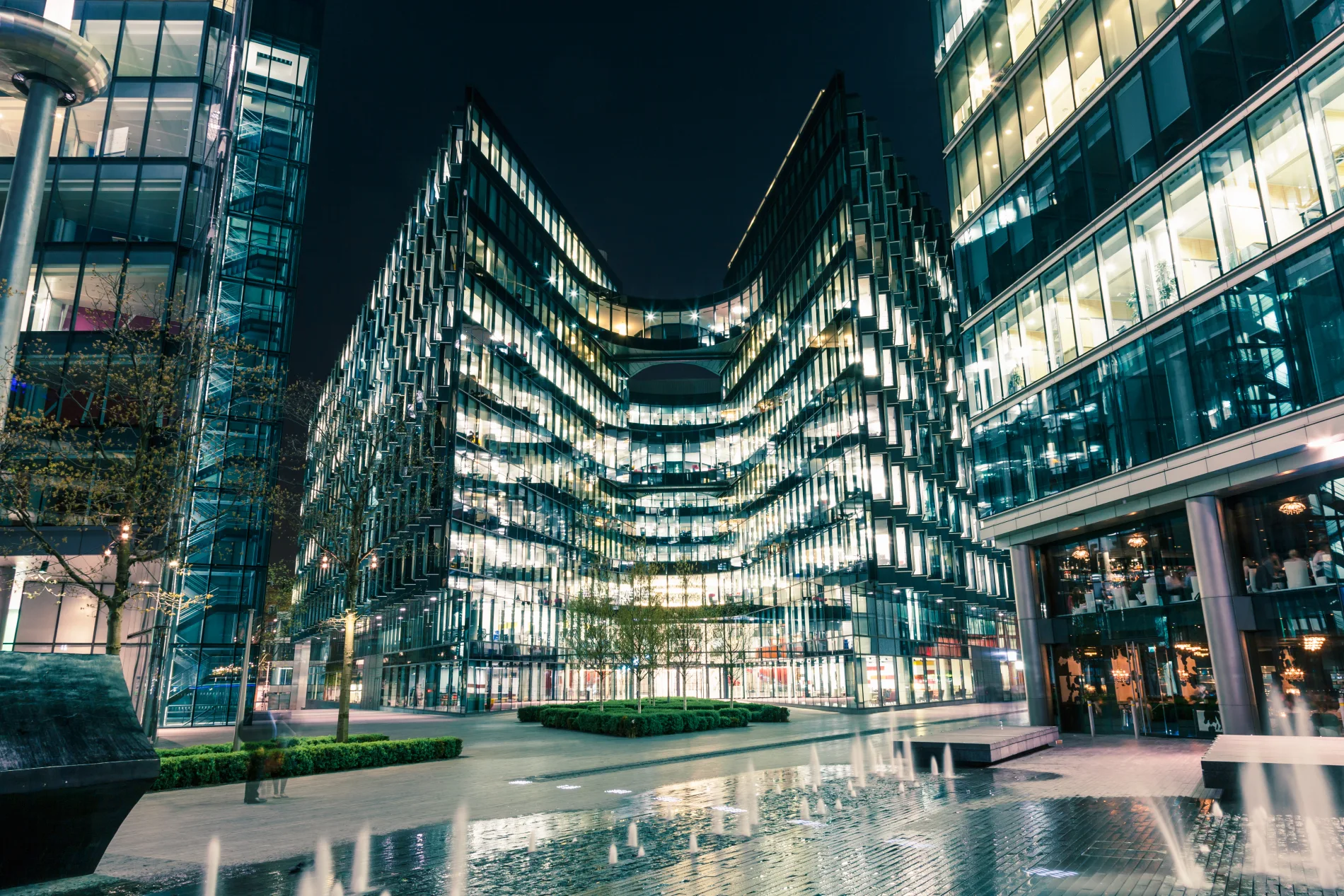Celebrating World Environment Day: 5 Top Tips for Greener Buildings
Our Top Tips for Making Your Building More Sustainable
Last month we celebrated World Environment day, this important occasion was the perfect time to reflect on how we can make our buildings more sustainable. In the face of climate change and environmental challenges, every action counts. Whether you're a building owner, manager, or occupant, there are practical steps you can take to reduce energy consumption and lower your carbon footprint. Here are our top five tips to help your building meet its environmental targets and contribute to a greener planet.
1. Invest in a Smart Building Energy Management System (BEMS)
One of the most effective ways to enhance your building's environmental performance is by investing in a Smart Building Energy Management System (BEMS). BEMS allows you to monitor and manage various building systems, including heating, ventilation, air conditioning (HVAC), lighting, and more, from a centralised platform.
Benefits of a BEMS:
- Energy Efficiency: By providing real-time data on energy usage, a BMS helps you identify inefficiencies and implement corrective measures.
- Cost Savings: Optimising energy usage reduces utility bills, offering significant cost savings over time.
- Environmental Reporting: A BEMS can generate detailed reports on your building's environmental impact, aiding in sustainability reporting and compliance with regulations.
By implementing a BEMS, you can ensure that your building operates at peak efficiency, reducing energy waste and contributing to a healthier environment.
2. Upgrade to Energy-Efficient Lighting
Lighting is a major component of energy consumption in buildings. Upgrading to energy-efficient lighting solutions, such as LED lights, can significantly reduce your building's energy use and greenhouse gas emissions.
Advantages of LED Lighting:
- Energy Savings: LEDs use up to 75% less energy than traditional incandescent bulbs.
- Longer Lifespan: LED lights can last up to 25 times longer than conventional lighting, reducing maintenance costs and waste.
- Improved Light Quality: LEDs provide better quality light with less heat output, enhancing comfort and productivity.
Switching to LED lighting is a simple yet impactful step towards making your building more sustainable.
3. Optimise Heating and Cooling Systems
Heating, ventilation, and air conditioning (HVAC) systems are among the largest energy consumers in any building. Regular maintenance and upgrades can greatly enhance the efficiency of these systems, leading to energy savings and a reduced carbon footprint.
Tips for Optimising HVAC Systems:
- Regular Maintenance: Routine checks and maintenance ensure that your HVAC system operates efficiently and prolong its lifespan.
- Upgrades and Retrofits: Consider upgrading to more energy-efficient equipment or retrofitting existing systems with advanced controls and sensors.
- Smart Thermostats: Installing smart thermostats can optimise temperature settings based on occupancy patterns, reducing energy waste.
By keeping your HVAC systems in top condition, you can ensure a comfortable indoor environment while minimising energy consumption.
4. Reduce Energy Consumption with Smart Controls
Smart controls and automation can play a pivotal role in reducing energy consumption in buildings. These technologies enable you to regulate energy use more efficiently, ensuring that energy is used only when and where it's needed.
Examples of Smart Controls:
- Occupancy Sensors: These sensors can automatically turn off lights and adjust HVAC settings when spaces are unoccupied.
- Automated Shading Systems: Automated blinds and shades can reduce the need for artificial lighting and cooling by controlling natural light and heat gain.
- Energy Management Software: Advanced software solutions can analyse energy usage patterns and suggest optimisations.
Implementing smart controls not only enhances energy efficiency but also provides convenience and improved building management.
5. Promote Sustainable Practices Among Occupants
Encouraging sustainable behaviours among building occupants is crucial for achieving long-term environmental goals. Awareness campaigns and incentive programs can motivate individuals to adopt greener habits, leading to significant collective impact.
Strategies to Promote Sustainability:
- Awareness Campaigns: Educate occupants about the benefits of energy conservation and provide tips on how they can contribute.
- Incentives and Rewards: Offer incentives for sustainable practices, such as reduced energy bills for meeting conservation targets or rewards for participating in green initiatives.
- Feedback Systems: Implement feedback mechanisms that show occupants their energy usage and highlight areas for improvement.
Small changes in behaviour, such as turning off lights when not in use or reducing water consumption, can lead to substantial environmental benefits over time.
Make your building more sustainable today
Every step counts, and together, we can make every day World Environment Day by embracing sustainability in our buildings.
If you’re interested in learning more about how to make your building more sustainable, please get in touch with our team.




